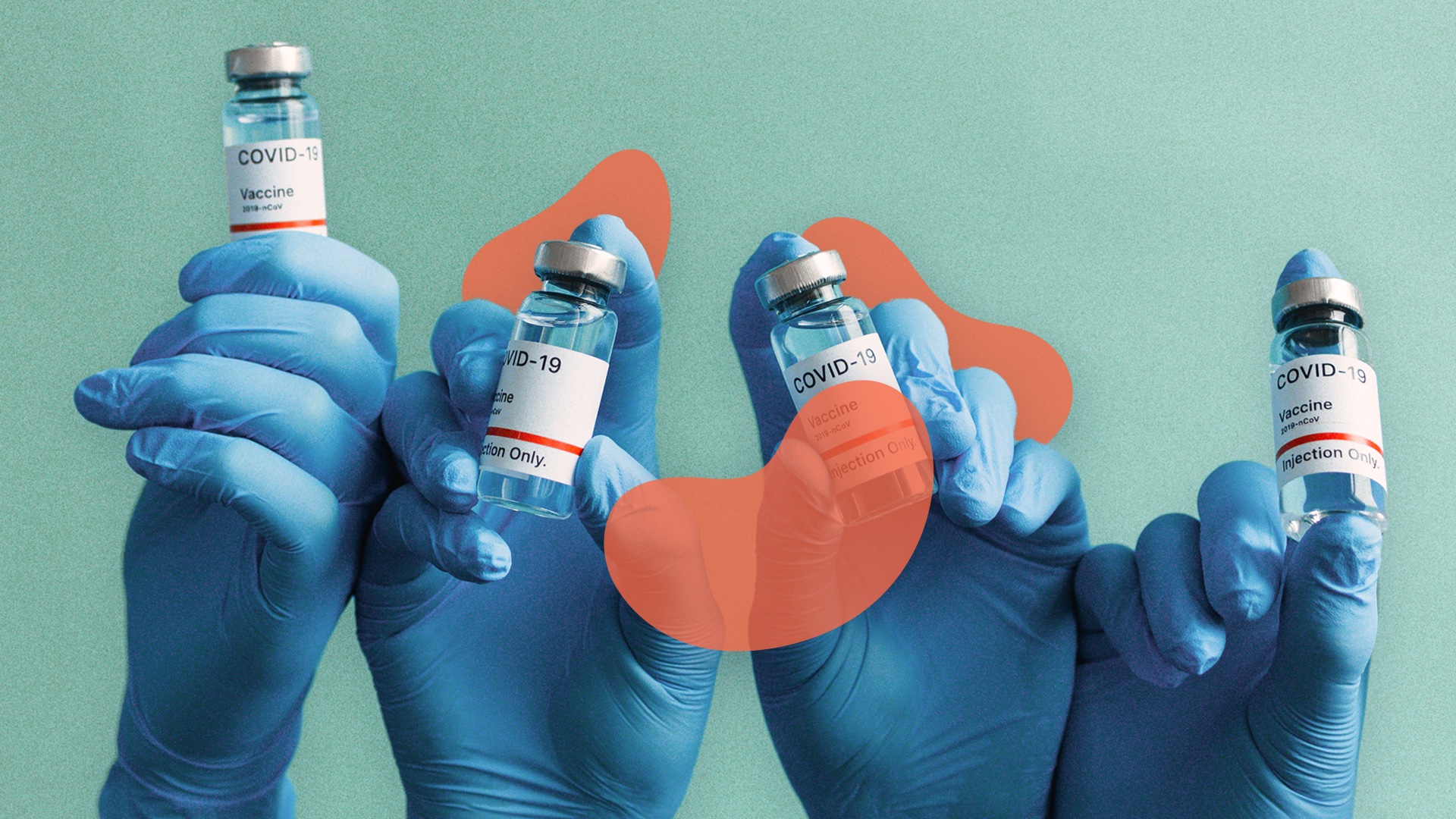Covid-19
12 Apr 2021 admin
COVID-19 VACCINES EXPLAINED
As different types of COVID-19 vaccines are rolled out, many questions have been raised about how the vaccines work, which of them works best, and if they are safe. If you’ve had similar concerns, this article explains the COVID-19 vaccines and may help answer several of your questions. A vaccine is a biological preparation that stimulates your body to produce antibodies similar to what it would make if you were exposed to a particular disease-causing microorganism. If you eventually get exposed to the organism after vaccination, your body already has antibodies to fight against the infection and prevent you from falling sick. Vaccines are made through different means by manufacturers around the world. Generally, they are made from some parts of the microorganism that is dead or has been weakened and made harmless. When introduced into your system, your body develops immunity to the infection without falling ill with the disease first. Vaccines are a preventive measure and are a very vital aspect of medicine.
Manufacturers around the world have developed COVID-19 vaccines using different methods. However, the vaccines currently approved by the FDA all work effectively to boost your immunity against the virus. Currently, there are three main types of COVID-19 vaccines based on their mode of development. Messenger RNA (mRNA) Vaccines: Before your body builds antibodies, you must be exposed to antigens. These antigens are what triggers an immune response. In the Coronavirus case, the antigens are the spike proteins (S proteins) on the surface of the virus.
The mRNA COVID-19 vaccine contains a portion of the virus’s genetic material (mRNA) that instructs cells to produce the spike proteins. When you receive the mRNA vaccine, your protein-creating immune cells use the instructions to make the spike protein pieces without introducing the whole virus to your body.
After the protein pieces have been created, your body breaks down the mRNA and disposes of them.
On recognizing the protein pieces as foreign to the body, your immune cells generate antibodies against the spike proteins to destroy them.
If you get exposed to the virus, your antibodies will recognize the spike proteins and immediately attack the virus, preventing them from making you sick. Protein Subunit Vaccines: The protein subunit COVID-19 vaccines contain have harmless pieces of the S proteins. Since these are only subunits of the spike protein and are considered harmless, they will not make you fall ill. When this vaccine is introduced into your system, your body recognizes the S Proteins as intruders and builds antibodies to fight them.
If you get infected with the virus after vaccination, your antibodies would recognize the spike proteins on the virus’ surface and attack the virus, protecting you from the disease. Vector Vaccines: The vector COVID-19 vaccines take a slightly different approach from the mRNA and protein subunit vaccines. While developing the vector vaccine, genetic material from the COVID-19 virus is inserted into another harmless virus called the vector. This vector virus is harmless and cannot make you sick.
When you receive this vaccine containing the vector, the genetic material in the virus instructs your cells to produce copies of S protein. Same as with the mRNA vaccine, your body then develops antibodies against the S protein, boosting your immunity. If you get infected with the virus after receiving the vaccine, your antibodies will immediately attack and destroy the virus before it gets a chance to make you sick.
The Johnson/Johnson and AstraZeneca vaccines use this technology. Currently, the Pfizer, Moderna, and AstraZeneca vaccines are given as two shots in your deltoid (upper arm muscle). You should receive these shots three or four weeks apart, depending on the brand of vaccine you receive.
After receiving the vaccine, some people might experience some temporary side effects. These side effects are a result of your bodybuilding immunity and are typically mild. Common side effects include fatigue, headache, chills, and minor pain or swelling at the injection site. Generally, it takes about two weeks after you receive your second dose to develop sufficient immunity to the virus.
Different trials have also shown that all FDA-approved COVID-19 vaccines are effective however their exact rates of efficacy against symptomatic vs asymptomatic illness or among the elderly do vary.
Would you like more information about getting a COVID-19 test or vaccine? We can connect you with a physician to discuss this further. Book a virtual consultation by visiting www.mdconnected.ca 
What is a Vaccine?
How Are Vaccines Made?
Types of COVID-19 Vaccines
How Are The COVID-19 Vaccines Given?
When Does Immunity Kick In?
References:
Johns Hopkins MedicineReady to see the doctor?
Log In / Register Virtual care services are open 8 am to 8 pm on weekdays and 9 am to 5 pm weekends.
Virtual care services are open 8 am to 8 pm on weekdays and 9 am to 5 pm weekends.